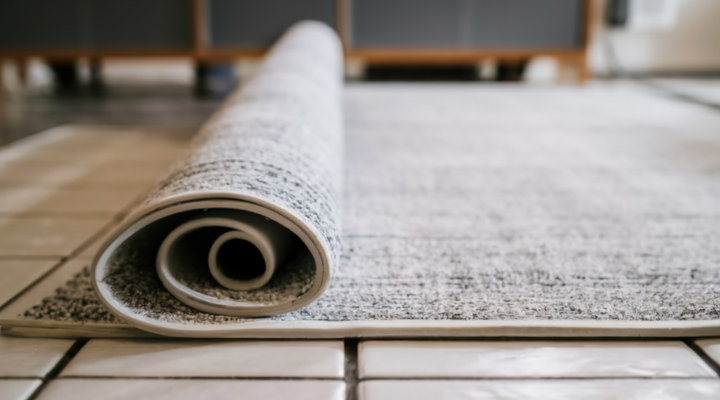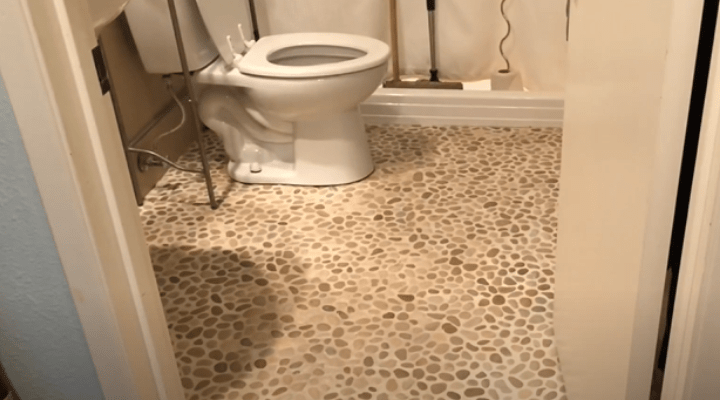Are Epoxy Floors Slippery? 5 Tips to Make Them Safer Today
Are Epoxy Floors Slippery? A Comprehensive Guide on Safety and Solutions
Epoxy floors have gained immense popularity in recent years, offering durability, aesthetic appeal, and low maintenance, particularly in garages, basements, and commercial spaces. However, a common concern among homeowners and business owners is whether epoxy floors are slippery. While epoxy floors are generally smooth and glossy, this characteristic can raise questions about their safety, especially in wet conditions.
Understanding how slippery epoxy floors can be and how to mitigate these risks is crucial for ensuring that your flooring remains both beautiful and safe. In this article, we’ll explore the various aspects of epoxy flooring, address common concerns, and offer practical solutions to enhance safety.
What Makes Epoxy Floors Slippery?
Epoxy floors are typically composed of a resin and hardener that creates a solid, glossy, and seamless surface. This smooth texture is one of the reasons people love epoxy flooring—it’s easy to clean and resistant to stains, chemicals, and wear. However, the smooth surface can also be a double-edged sword. When wet, epoxy floors can become slippery, leading to a potential slipping hazard.
Several factors contribute to the slipperiness of epoxy floors:
- High Gloss Finish: The glossy finish gives the floor a sleek, polished look but can also create a slippery surface when wet.
- Lack of Traction: In their standard form, epoxy floors lack the traction that is found on more textured surfaces like concrete.
- Water and Moisture: Epoxy floors retain water on their surface, making them more prone to slipperiness compared to other materials like tile or rubber.
Why Do People Concern About Epoxy Floors Being Slippery?
For many, the main concern revolves around safety, especially in high-traffic areas like garages and workshops. If you have children, pets, or elderly family members, or if your space often becomes wet or greasy (like in a garage or workshop), you might be wondering whether epoxy floors are a safe choice. Slipping and falling are potential risks, and no one wants an accident, especially when dealing with slippery floors.
Additionally, wet conditions, such as spilled water, rainwater from outside, or cleaning solutions, can significantly increase the risk of slipping on epoxy floors. In some environments, where oil, grease, or sawdust is involved, the floors become even more hazardous.
Are Epoxy Floors Slippery When Dry?
When dry, epoxy floors are not slippery in the traditional sense. They provide a smooth, non-porous surface that is easy to clean and maintain. Unlike traditional concrete, which can have rough textures, epoxy coatings typically feel smooth and are much easier to clean. In fact, many people prefer epoxy floors because they resist dirt, stains, and debris buildup.
However, it’s essential to keep in mind that this smooth texture can contribute to slipperiness if left untreated or improperly applied.
How to Make Epoxy Floors Less Slippery
If you are concerned about the slipperiness of your epoxy floors, several solutions can help enhance safety without compromising the look of your space. Here are some common methods for improving traction on epoxy floors:
1. Non-Slip Additives
One of the most effective ways to reduce slipperiness is by incorporating non-slip additives during the installation or re-coating process. These additives can be mixed into the epoxy resin or applied as a topcoat to enhance grip. Popular options include:
- Silica Sand: Adding silica sand creates a gritty texture, making the surface more slip-resistant. Silica sand is inexpensive and can be applied to most epoxy coatings.
- SharkGrip Additive: This additive works similarly to sand but is often preferred for its consistent results in creating a textured surface.
These additives not only improve traction but also help maintain the visual appeal of your epoxy floors. Non-slip additives can be added during the epoxy application process or during the final clear coat layer.
2. Textured Epoxy Coatings
Textured epoxy coatings are designed to provide additional friction, reducing the risk of slips. This type of coating is often used in areas that experience frequent foot traffic or where wet conditions are common. The texture created by these coatings gives the floor more grip, making it safer to walk on, even when wet.
3. Anti-Slip Mats and Runners
If you’re looking for an easy and removable solution, anti-slip mats and runners can be strategically placed in areas where you expect the most foot traffic, such as entrances or walkways. These mats can be cleaned and replaced as needed, providing an additional layer of protection against slips.
4. Proper Surface Preparation
To ensure your epoxy floor provides the best possible traction, proper surface preparation is essential. Before applying epoxy, it’s important to clean the floor thoroughly to remove any oils, grease, or dirt that may interfere with the coating’s adhesion. Additionally, any imperfections in the concrete surface should be addressed to ensure the epoxy adheres evenly. Uneven surfaces can result in areas with more gloss, which can contribute to slipping.
5. Regular Maintenance
Keeping your epoxy floors clean and free of debris can also help maintain traction. Dirt, grease, and other contaminants can make floors slippery, so routine cleaning is essential. Consider using a mild detergent and water to mop the floor regularly, as harsh chemicals can degrade the finish over time and make the surface more slippery.
Epoxy Floor Safety Considerations
When considering whether epoxy floors are slippery, it’s essential to understand the environmental factors that influence safety. Wet conditions, oils, and greases can all increase the risk of slipping on any floor, but these risks can be mitigated with the right precautions.
If you’re using your garage or workshop space for activities that involve moisture or spills, such as working with tools, car maintenance, or woodworking, it’s even more important to prioritize safety. By choosing the right epoxy coating, incorporating anti-slip measures, and keeping the floors clean, you can minimize the risk of accidents.
Conclusion
In conclusion, epoxy floors can be slippery under certain conditions, especially when wet. However, with proper preparation, application, and maintenance, the risks associated with slippery floors can be significantly reduced. Whether you’re looking to enhance the safety of your garage floor, workshop, or any other area where epoxy flooring is used, incorporating non-slip additives or choosing a textured epoxy coating can make a huge difference. By prioritizing safety, you can enjoy the beauty and durability of epoxy flooring without the worry of slips and falls.
Final Thoughts on Epoxy Floor Safety
Epoxy floors are a fantastic option for durability and aesthetics, but it’s important to recognize the potential risks that come with their slippery nature. By applying simple solutions like non-slip additives, textured coatings, or anti-slip mats, you can ensure that your epoxy floors are as safe as they are beautiful. With the right precautions, epoxy floors can offer both style and safety for your home or workspace.






